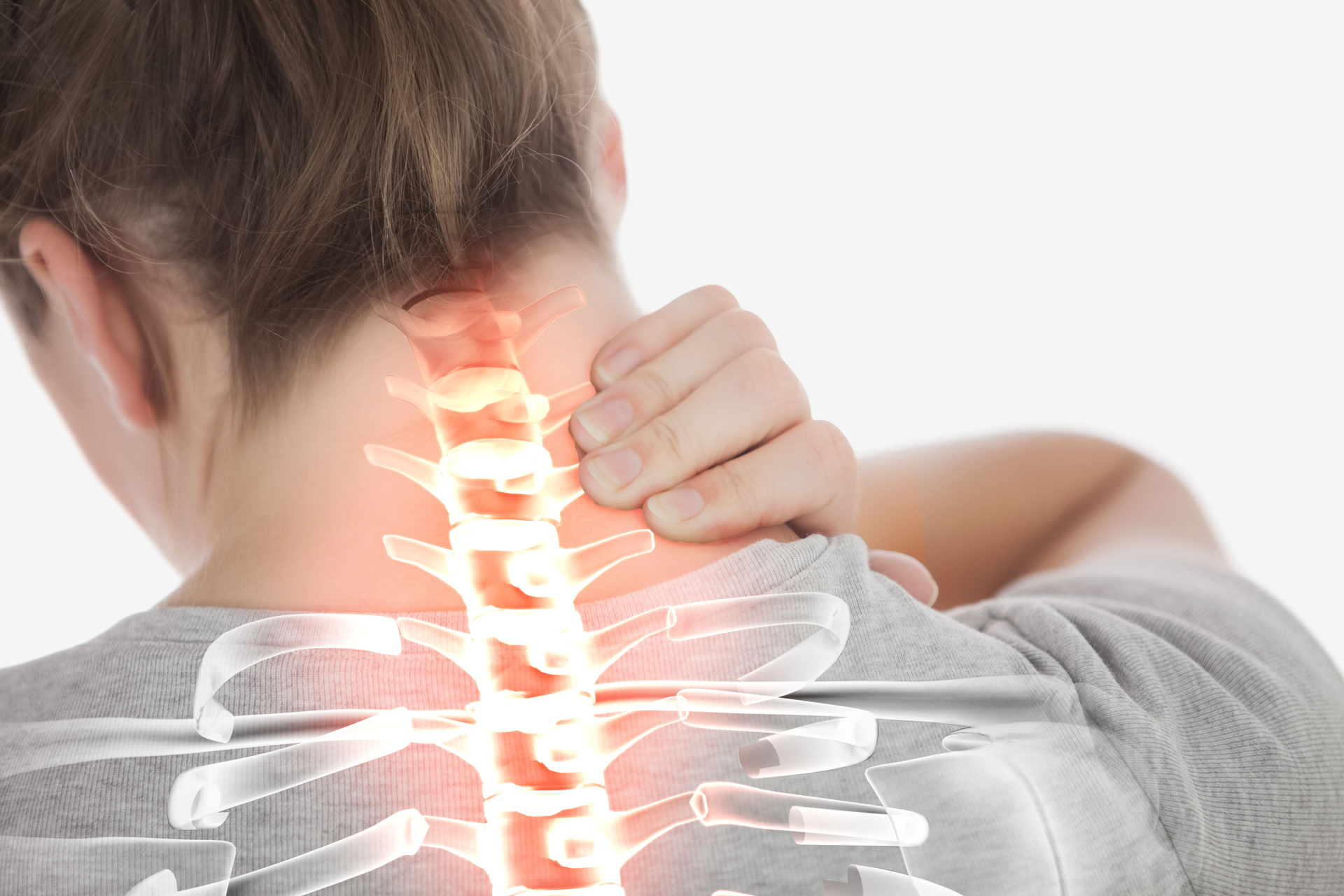What’s This Research About?
This study looks at the effect of visual input and proprioception on pain. What if you knew that every time you turned your head past a certain point you felt pain? What if you used virtual reality (VR) technology to trick yourself into thinking you turned your head more or less than that point of pain? Would your pain response be altered? The researchers of this study asked these questions and hypothesized that not only would the pain response be altered but people with a history of neck pain would be able to turn their heads farther without pain if their perception was altered by VR technology. The VR tech would make the brain think they turned less than they actually had.
This study uses virtual reality technology to trick the subject into perceiving that they turned their head less or more than they actually did and then assess the pain threshold in each movement. This study does a great job of examining the role of visual perception in pain.

TITLE: Bogus Visual Feedback Alters Onset of Movement-Evoked Pain in People With Neck Pain
PUBLICATION: Psychological Science, a Journal of the Association for Psychological Science
DATE: April 2015
AUTHORS : Daniel S. Harvie, Markus Broecker, Ross T. Smith, Ann Meulders, Victoria J. Madden, and G. Lorimer Moseley
Pain: Here’s a partial and brief explanation of how pain works. Pain is not a signal from the body to the brain, nor is it necessarily a sign of physical damage. Pain is a protective response from the brain and is the result of psychological and sensory inputs that alert the brain to potential danger. Pain is an output from the brain, that alerts you to potential damage. The key word is potential.
The brain receives signals (called nociceptors) from the body about potential damage. These are the sensory inputs that the brain reads. They are like alarms that alert the brain and say, “hey pay attention, we’ve got a potential situation here in aisle 9! What would you like to do about it?” The brain assesses those signals and either ignores them or sends out a pain signal as if to say, “Ok, you’ve got my attention, now let’s avoid this damage by moving away from the threat.”
As mentioned above there are also psychological inputs. These include memory of injury, perception of pain, and proprioception. For example, “I know that when I move my arm this way, that I get this pain.”
For a more thorough explanation of pain, check out resources like painscience.com, Greg Lehman, Todd Hargrove, and BodyinMind.org.
Associative learning: the process by which someone learns an association between two stimuli, or a behavior and a stimulus. Someone who has pain when they move their arm a certain way may continue to associate the pain with that particular movement even after the injury has healed.
Central sensitization: a condition of the nervous system that involves chronic pain. When central sensitization occurs, the nervous system goes through a process called “wind-up” and stays in a persistent state of high reactivity.
Descending modulation: when the brain decide what to do with the sensory inputs. How to respond by sending a pain signal or ignore.
Nociceptors: Specialized peripheral sensory neurons known that alert us to potentially damaging stimuli at the skin by detecting extremes in temperature and pressure and injury-related chemicals, and transducing these stimuli into long-ranging electrical signals that are relayed to higher brain centers. For more on nociceptors:
https://www.ncbi.nlm.nih.gov/pmc/articles/PMC2964977/
Sensory integration: A form of occupational therapy in which special exercises are used to strengthen the patient’s sense of touch (tactile), sense of balance (vestibular), and sense of where the body and its parts are in space (proprioceptive).

